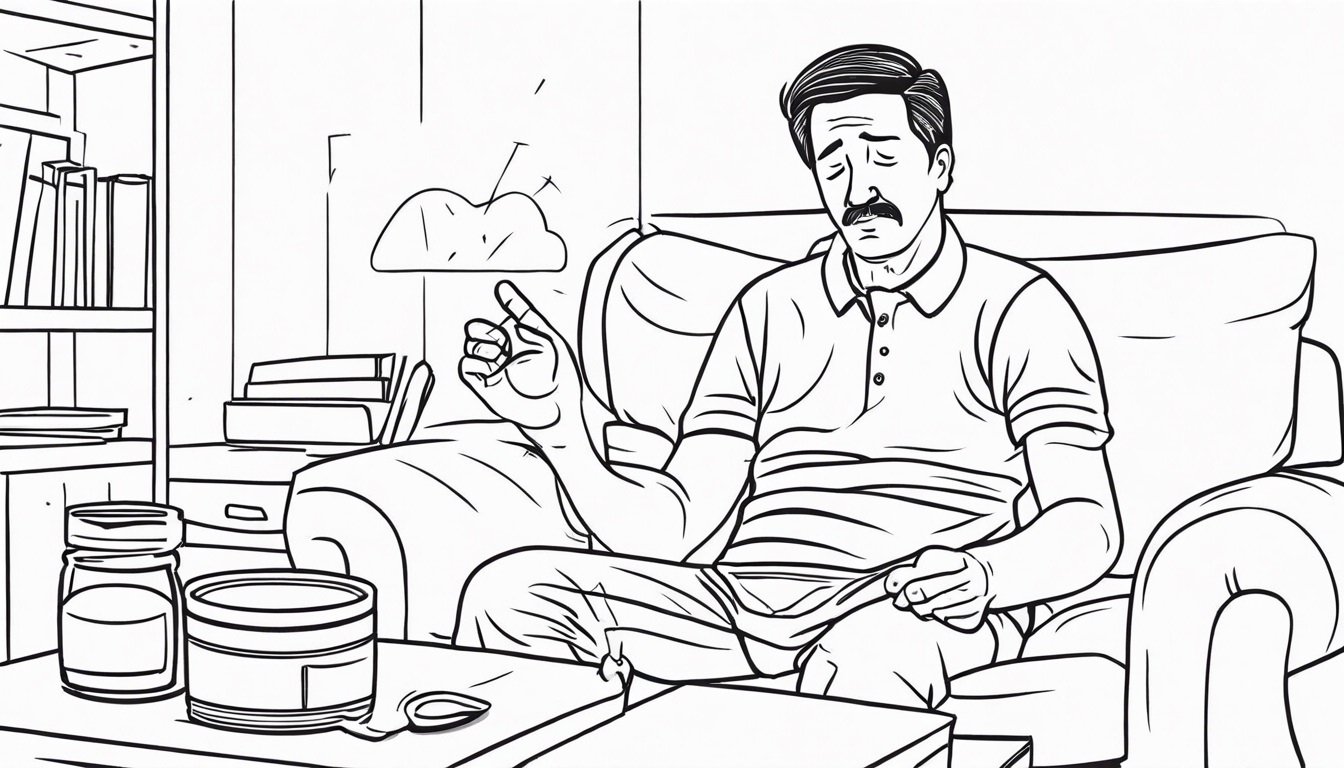Discover the power of Wim Hof breathing – a potent technique known for its potential to enhance well-being, increase cold tolerance, and boost mental focus.
Wim Hof Breathing
Wim Hof breathing or the Wim Hof method is a breathing technique developed by Dutch motivational speaker and athlete Wim Hof, commonly known as “The Iceman.”
Wim Hof has set numerous world records for his ability to withstand extremely cold temperatures. His strict routine involves deep breathing, cold therapy, and meditation, allowing him to excel beyond physiological expectations.
History of the Wim Hof Method
The Wim Hof method consists of three pillars that engage the mind, body, and breathing to withstand freezing temperatures. He refers to his meditative practice as a mindset shift.
Hof utilizes a combination of visualization and controlled deep breathing exercises to create an inner fire.
This practice is not new, as monks have been practicing this technique in Tibetan Buddhism for centuries.
Wim Hof believes that the inner fire initiates a brain over body mindset, allowing the mind to regulate autonomic functions and control physiological responses.
Through decades of self-exploration and revolutionary scientific studies, Wim has created a simple and effective way to stimulate these deep physiological processes at a cellular level.
The breathing and meditation techniques of Wim Hof hold profound historical significance in spiritual traditions, as well as practical benefits for elite athletes and ordinary individuals today.
How Does Wim Hof Breathing Work?
The Wim Hof method combines controlled breathing techniques, exposure to cold, and meditation to enhance physical and mental well-being by increasing oxygen intake, regulating autonomics, and enhancing the mind-body connection.
Mind over Body
The mind and body are connected through the central nervous system (CNS), regulated in the brainstem.
The CNS includes the autonomic nervous system (ANS), divided into the parasympathetic nervous system (PNS) and the sympathetic nervous system (SNS). These systems work in opposition to maintain the body’s internal balance or homeostasis.
Breathing training and meditation influence the autonomic nervous system (ANS) and sympathetic nervous system (SNS), allowing the body to adapt to various stimuli.
Exposure to cold activates the sympathetic nervous system (SNS) for thermoregulation, causing physical and behavioral responses to combat the cold.
These Wim Hof breathing techniques retrain the mind to withstand cold by releasing stress hormones through the sympathetic nervous system, acting as a pain inhibitor.
Hyperventilation and forced breathing before cold exposure are linked to this process, creating a positive stress response.
Forced breathing stimulates sympathetic innervation and glucose consumption in the intercostal muscles, generating heat. This heat circulates through the blood from pulmonary capillaries to lung tissue, aiding in heat retention.
Studies suggest that Wim Hof’s breathing techniques, involving vigorous breathing and hyperventilation before exposure to extreme cold, help him endure freezing conditions without adverse reactions.
These findings indicate that practicing these techniques can enhance someone’s ability to withstand cold temperatures and painful stimuli.
Who Should Try the Wim Hof Breathing Technique?
The Wim Hof breathing method is accessible to anyone and boasts numerous positive health effects. The Wim Hof breathing method stimulates sympathetic activity by regulating autonomics, increasing oxygen supply to muscles and organs.
High oxygen levels are associated with improved cognitive functions, sports performance, and sleep quality.
Increasing heart rate and creating a hyperoxygenated environment can enhance athletic performance.
Elevating blood oxygen allows muscles to recover faster after heavy weightlifting exercises and increases muscle resistance.
This is beneficial for endurance and strength athletes, as reduced recovery time allows them to train more, longer, and more frequently.
Benefits of the Wim Hof Technique
The Wim Hof method has extensive benefits for the mind, body, and soul. Keep reading to learn how you can improve your daily life through this technique.
Strengthens the Immune System
Several peer-reviewed studies have shown that followers of the Wim Hof method have improved control over their immune responses, limiting flu-like symptoms.
Furthermore, the Wim Hof breathing method can strengthen the immune system to prevent diseases.
It is an excellent practice for those with autoimmune diseases and may prevent the body from acting against healthy cells.
Improves Mental Well-being
This practice enhances mental health, giving individuals better control over their stress responses, reducing the onset of panic attacks. Moreover, this breathing technique can lessen symptoms of depression and anxiety.
Better Sleep
Practicing the Wim Hof method will help individuals achieve better sleep quality, which in turn aids in improving health and overall well-being.
This method allows a person to develop greater control over their body and mind, enabling restful sleep.
Improving sleep quality contributes to:
- Enhancing metabolic activity
- Reducing inflammation
- Increasing concentration
- Reducing stress
- Improving physical and mental health
Enhanced Concentration and Mental Focus
The techniques learned through the Wim Hof method will help individuals regain their focus and mental clarity.
By starting the day with meditation, breathing exercises, and a cold shower, one can experience increased energy levels and sustained focus.
Moreover, these breathing techniques effectively mitigate stress, a prominent factor in concentration difficulties.
Disclaimer
The content of this article is provided for informational purposes only and is not intended to replace professional medical advice, diagnosis, or treatment. It is always recommended to consult with a qualified healthcare provider before making any changes related to your health or if you have any questions or concerns about your health. We are not responsible for any errors, omissions, or consequences that may result from the use of the information provided.
